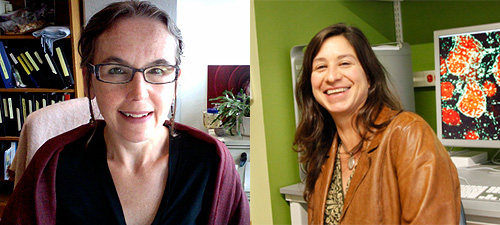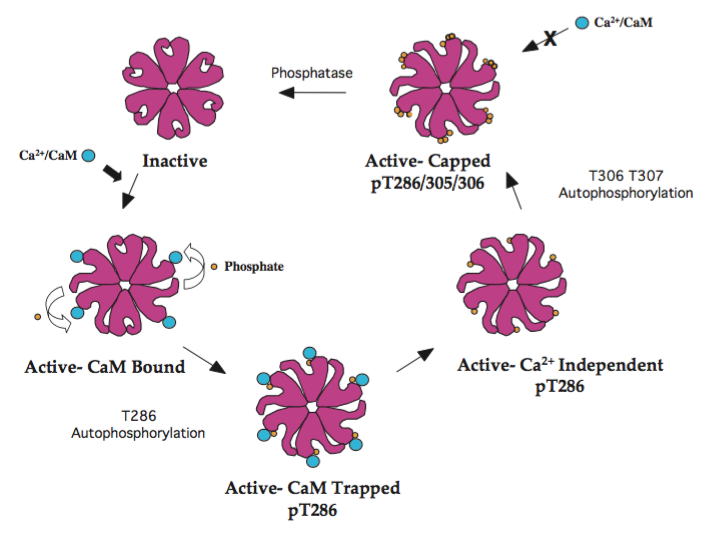The brain has a remarkable capacity to record our daily experiences and recall this stored information to guide our behavior. For example, every time you decide to get a cup of coffee on campus, you immediately know where to go and then step toward your destination. The ability to successfully memorize paths and navigate in the environment is fundamental for animals searching for food (see Illustration), as well as for humans surviving in a complicated environment, especially when you don’t have your smartphone to rely on, but only your brain as the inner GPS! However, how does the brain learn and remember such plans that allow us to get from one place to another?
We know that a structure in brain called the hippocampus plays an important role in encoding and storing memories. The hippocampus is thought to replay remembered experiences during fast, ripple-like brain waves, termed sharp-wave ripples (SWRs), that occur during “down-time” for the brain, i.e., offline periods during sleep and during pauses in active behavior. It has been previously shown by Jadhav and colleagues that selectively disrupting these ripple oscillations using precisely-timed electrical impulses impairs the ability of animals to learn in spatial mazes, suggesting that this “mental replay” is important for navigation and memory (Jadhav et al., 2012, Science). Notably, mental replay is not isolated activity in the hippocampus, but works together with the prefrontal cortex (PFC), the executive center of brain involved in storing memories and making decisions (Jadhav et al., 2016, Neuron). However, exactly how such memory replay supports memory processing in waking and sleep states had remained elusive.
In a new article published in the Journal of Neuroscience (Tang et al., 2017), the Jadhav lab (the team included Neuroscience graduate students Wenbo Tang and Justin Shin) used high-density electrophysiology to record large numbers of neurons in both the hippocampus and prefrontal cortex in both sleep and awake states. They discovered that as rats learned a spatial memory task, the activity in the hippocampal-prefrontal network replayed recent experiences in a precise manner during SWRs that occurred when animals paused from actively exploring the maze. This structured mental replay related to ongoing spatial behavior is ideally suited for storing and retrieving memories to inform decisions. When animals were asleep after exploring the maze, the hippocampal-prefrontal replay, however, appeared “noisy” and mixed. This replay occurring during sleep periods can support the ability of the brain to consolidate memories, by selectively integrating related memories to build a coherent map for long-term storage (see Illustration). These findings show how memory information is communicated between the hippocampus and PFC during ripple oscillations, and indicate that mental replay during sleep and awake states serve distinct roles in memory. These studies collectively provide fundamental knowledge about the neural substrates of memories. They will thus provide important insights into memory deficits that are prevalent in many neurological disorders that involve the hippocampal-prefrontal network, such as Alzheimer’s disease and schizophrenia.
Hippocampal-Prefrontal Reactivation during Learning Is Stronger in Awake Compared with Sleep States. Wenbo Tang, Justin D. Shin, Loren M. Frank and Shantanu P. Jadhav. Journal of Neuroscience 6 December 2017, 37 (49) 11789-11805.







